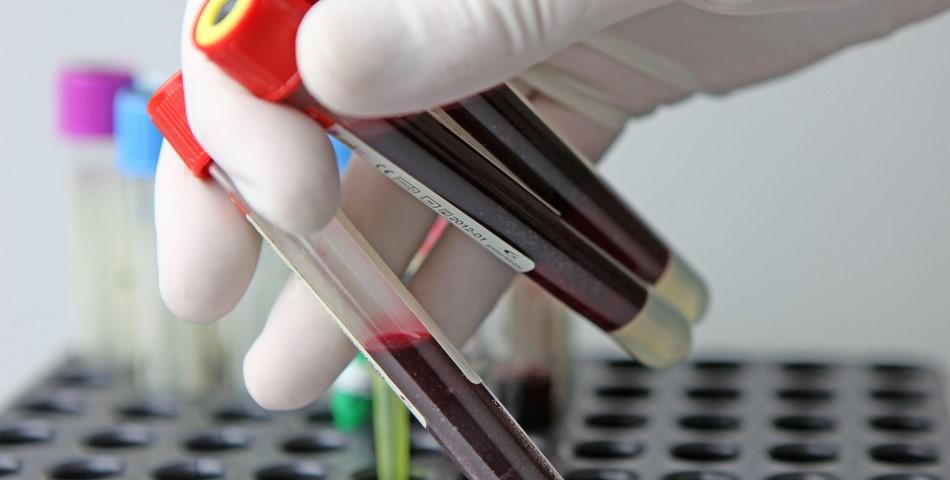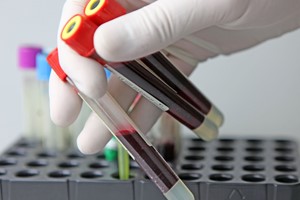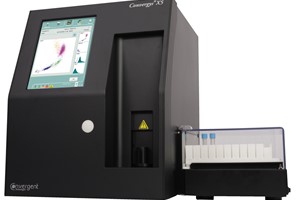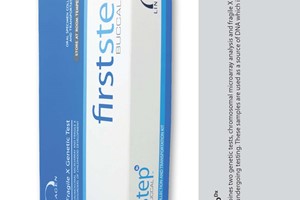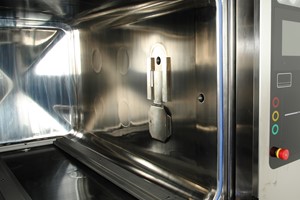The major factors driving the growth of the In-Vitro Diagnostic Market is augmented patient awareness, patient self testing, and rising baby booming population across the globe.
Advancement in the technology bringing more of automated tests is also one of the major drivers for the growth of IVD market.
In vitro diagnostics involves the removal samples of tissue such as blood, saliva, biopsy samples from a living organism for examination in the laboratory setting, whereas in vivo diagnostics involves observing and testing tissue and function in a living organism-techniques such as medical imaging.
The global In Vitro Diagnostics market was valued at USD44 billion in the year 2011, growing at a Compound Annual Ground Rate (CAGR) of 7.8 percent from 2011 to 2016, according to a report published by Markets and Markets.
The U.S. represented the biggest market for the IVD equipments accounting for a share of 47 percent of the total IVD market in the year 2011.
Besides, the European region accounted for 31 percent of the global IVD market with Germany accounting for the largest share of 23.24 percent followed France (16.89 percent) and Italy (16.41 percent) of the total IVD market. Furthermore, the Asian region is dominated by Japan having the largest market in terms of value.
However, due to the recent economic recession, the market of Japan has shown a stable growth with an average CAGR of 11.3 percent.


The Asian region is expected to be ruled by the emerging economies such as China and India, show the highest CAGR by the year 2016. The Chinese IVD market is taking frog leap amongst the emerging nations, followed by India, Russia, and Brazil.
The major driving factor for the IVD industry to boom in the emerging countries is the government funding and improved healthcare facilities.
However, the condition is completely reverse in the developed countries such as North America and Eu-5 (UK, France, Germany, Spain, Italy) as these countries are facing major financial crisis and thus having deep cuts on the healthcare budgets with limited reimbursements provided on the clinical testing and the newly introduced tests in the market thus hampering the growth of IVD industry.
Besides, the laboratory testing market accounts for the highest market by end-user segmentation with a share of 73 percent with a market of USD35.52 billion for the year 2011 and is expected to reach the market of USD45.54 billion by the year 2016 with a CAGR of 6.9 percent.
A new report by London-based business information company visiongain predicts that world in vitro diagnostic revenues will reach USD59.2 billion in 2015. That market generated USD44.6 billion in 2010.
Furthermore, in vitro diagnostics (IVD) is increasing in importance with the drive towards personalized medicine. The main reasons for the predicted growth in IVD revenues are widening applications for IVD tests and greater access to healthcare in countries such as China and India.


In particular, the genetic testing submarket will show high revenue growth. Antibody-based products and DNA test kits will remain important, the report notes. The diagnostics industry will benefit from advances in cytogenetic techniques using molecular imaging.
Those methods include optical imaging and magnetic resonance imaging (MRI). Development of scanning probe microscope (SPM) systems will improve fluorescence in situ hybridization (FISH) techniques.
The technological advances will help to detect and characterize cancers and other diseases. Furthermore, the global POC diagnostics market would be worth USD34.6 billion by 2021.
Visiongain's research suggests that the point of care diagnostics market will benefit from the launch of new diagnostic tests as well as the expansion of the test menus on the marketed diagnostic devices.
Technological advancements in laboratory automation, including point-of-care (POC) testing, and initiatives to increase patient satisfaction are transforming the clinical chemistry market, according to a new report by medical intelligence company GlobalData.
Besides, PerkinElmer, together with its distribution partner HVD Vertriebs GMBH, built the Cairo-based laboratory in collaboration with the MOHP, according to Data Monitor.
The new laboratory will be the world's largest in terms of the number of newborn patient samples processed by a single facility, as part of an improved national newborn health screening program for congenital hypothyroidism, a serious condition which affects up to one in 1,400 babies born in the Middle East.
The screening service analyzes blood samples collected from newborns via a quick heel-prick test at more than 4,000 Primary Health Care (PHC) facilities located throughout the 29 Egyptian governorates.



